Suffice to say, that there has been a political backlash to globalisation, yet within many societies we yearn and need to stay closer together in a hope for a peaceful world.
In regards to how we each choose to communicate to the world through attire, though individuality in an era of women empowerment is fighting strong, things, aspects, the globalisation/cloning of identity and that push, may still be affecting our identities, our fashion and how we project ourselves. And so, at this time, it felt that the below topics needed an online arena to open up the field of discussion with many and see what you all think.
Fashion is an enabler as a means of communication it helps state and express to others not just, who we are, but whom we think we are at a particular moment in time, in our lives. Historical reference and context of clothing helps explain much, and yet “the historical trend has been followed, by in large, by the psychological trend. The term of reference here is no longer the spirit or style of a period, but the psyche of the person wearing the clothing” (Barthes:1993;2004; translated:Stafford:2013:p24). A point to consider towards, our perceptions on fashion and how we react towards it. Furthermore, upon reading Roland Barthes’s study on the language of fashion, we come across, his appraisal of Flügel’s work, who “[...] used the lexicon of Freudian symbols to describe human clothing as the ambiguous expression, both mask and advertisement, of the unconscious self.” (Barthes:1993;2004;translated:Stafford:2013:p31).
Complying with “Anthony Giddens definition, it means, acting and living (together) over distances, across the apparently separate worlds of national states, religions, regions and continents” (Beck:2000:p20). With technology, globalisation is an instant cross-national phenomenon. Fashion influences once breezed in through films and magazines, today emerge from social media, such as Instagram. Social media is all about sharing, sharing an individual’s identity towards forming or being accepted into a communal identity. Through virtual communities, a person can choose to exclude the images of everyday ‘real’ life, and put forward a fantasy life, filled with just sparkle and smiles creating a ‘better version of ourselves’ identity. A shared sense of fashion online can occur due to similar tastes or experiences and also from the impact of a company’s marketing and branding. But the pursuit of fashion and images intertwined with the net can also bring about social anxiety (if an item or a fashion beauty notion is not within our reach) or FOMO (fear of missing out)(http://www.oxforddictionaries.com/definition/english/fomo), one of the terms that has help explain the impact social media has had on society. Or for fashion, we could transform it to, FONO (fear of not owning).
If we do refer to historical context, clothing marked a person’s social situation, and “to change clothes was to change both one’s being and one’s social class, since they were part and parcel of the same thing”(Barthes:1994:2004;translated:Stafford:2013:p61). This identification has not changed as much as we may like today. We still associate clothing with social status. A person’s chosen fashion becomes a target for onlookers to decide which socio-economic background a person may belong to. The thirst for designer fashion may on occasion be associated with aspiring towards a higher social status, or to affirm and confirm to others one’s social position. This thirst might have been exasperated by technology. Cloned recognisable symbols of high fashion, through social media, travel faster than was once possible and seem deceivingly reachable. However, high street shops opening across a multitude of cities, have made fashion reachable, giving the vast majority of us a key to instant trend and a choice of clothes in a similar style than the expensive equivalent. This global outreach has formed identities across borders and across the net crossing over the borders of social status too.
Yet at the same time, we have to acknowledge, that we are often fed the same images whether we are in Tokyo, Los Angeles or Dubai. The images alter, taking into consideration the marketing studies of a country, but the vision of identity and beauty seems to be uniform. Yet, since globalisation is not unidirectional, it should be allowed to offer different meanings of fashions and beauties, spreading diversity, and a variety of body images.
And yet, though the fashion industry sometimes dictates the norms of an idealised beauty and globalises it, it also can turn it on its head, surprise us and break norms. Because once fashion globalises an idea, or puts an idea out in the open, it usually searches for the opposite to present on the catwalks and put in the magazines. Fashion is about trends, whether about ideas, designs or images. But diversity and a variety of body images need to become norms in the industry and not just be for a moment, a trend, a branding.
It is easy to forget that there were always currents that came and went flowing globally. 1950’s Hollywood glamour toured the world, and impacted fashions globally. Furthermore, we have had companies multiplying, giving birth to a McDonalds and a Coca-Cola culture as well as a counter culture. There’s no new formula, it is just that now, it is moving as such a fast pace with technology, it is getting difficult to keep up with.
If identity is being affected by globalisation, and globalisation is constantly growing and moving through technology, then, we could associate Bauman’s theory of “Liquid Modernity” to the effects of fashion on identity through globalisation. Bauman’s theory states that “change is the only permanence, and uncertainty the only certainty”. For modernity, is a constant movement, there is “no ‘final state’ in sight and none desired”, (Bauman:2000:pviii-ix). Modernity is liquid, it is “forever ‘becoming’”. (Bauman:2000:pviii). Fashion identity is too, constantly moving, changing and “forever ‘becoming’” (Bauman:2000:pviii) with “no ‘final state’ in sight and none desired”, (Bauman:2000:pviii-ix).
And as Alec Ross mentions in his book, "The robots depicted in the movies and cartoons off the 1960s and 1970s will become there reality of the 2020s" (2016, p16). I am sure they will be globalised too. AI.Style. Artificial Intelligence fashion. Futuristic fashion awaits.
So perhaps we should take Lefebvre's notion and “not forget that fashion is a game. Getting dressed up is wanting to play” (2004: Stafford, 2013:p84).
Some games hurt though.
And despite globalisation of our fashion identities, as Maalouf suggests, ‘our identity’ is “made up of many components in a mixture that is unique” to us (1996:p2). Individual fashion style will live on through many who believe that though "the individual has always had to struggle to keep from being overwhelmed by the tribe. If you try it, you will be lonely often, and sometimes frightened. But no price is too high to pay for the privilege of owning yourself". (A quote some say by Friedrich Niezsche (Bruce2009:p42) others by Rudyard Kipling).
-Bauman, Zygmunt.1998.Globalisation: The Human Consequences. Published by Polity Press.
-Bauman, Zygmunt.2000.Liquid Modernity. Published by Polity Press.
-Beck, Ulrich.2000. What is Globalization? Published by Polity Press.
-Finnemore Martha. 1996. Review by. Norms, Culture, and World Politics: Insights from Sociology’s Institutionalism. International Organization, Vol 50, No 2. The MIT Press. www.jstor.org/stable/2704081
-Gary L. Bruce. 2009. Quotes for Misanthropes. Mira Digital Publishing. St Louis MO. USA
-Ham Chae-bong. 2000. The Cultural Challenge to Individualism. Journal of Democracy, Volume 11, No 1 http://muse.jhu.edu/login?auth=0&type=summary&url=/journals/journal_of_democracy/v011/11.1hahm. html
-Maalouf, Amin.1996.Editions Grasset & Fasquelle.2000.Translated by Barbara Bray. In the Name of Identity, Violence and the Need to Belong. Arcade Publishing.
-Ross, Alec. 2016. The Industries of the Future. Published by Simon & Schuster
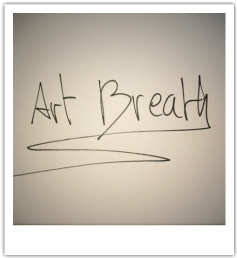
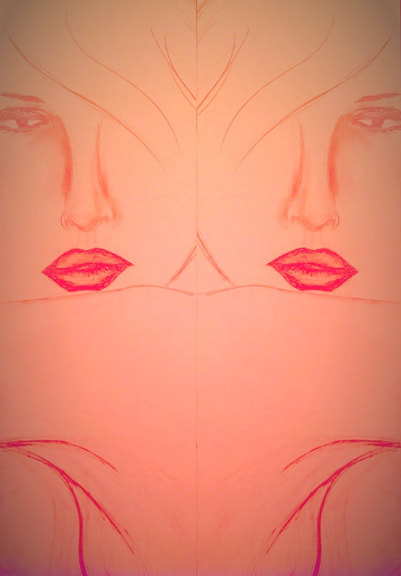
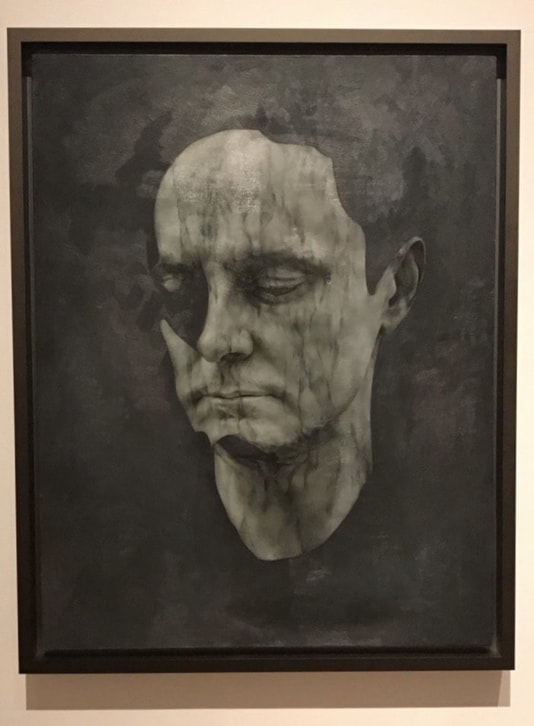
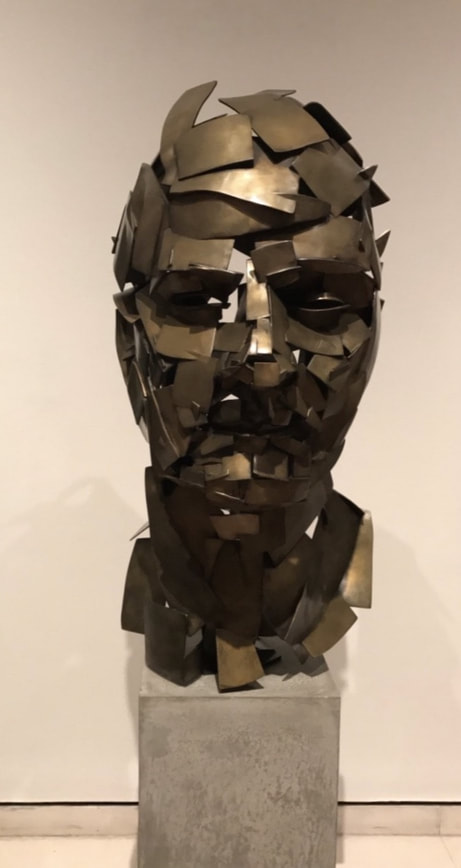
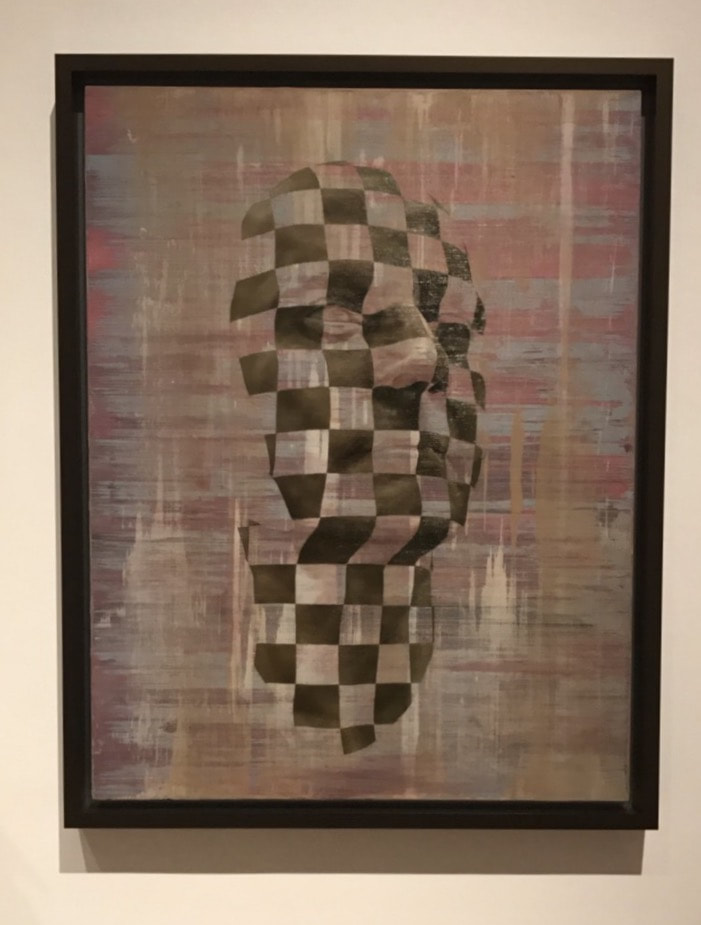
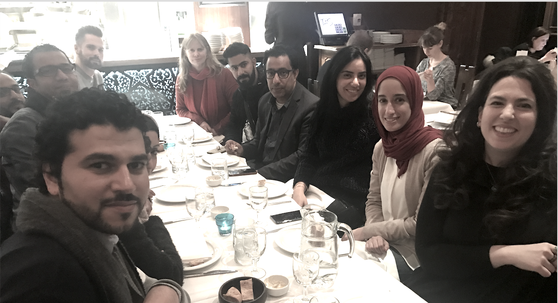
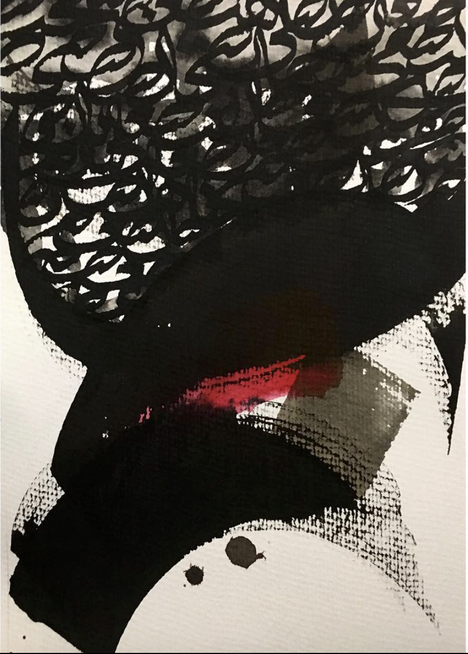
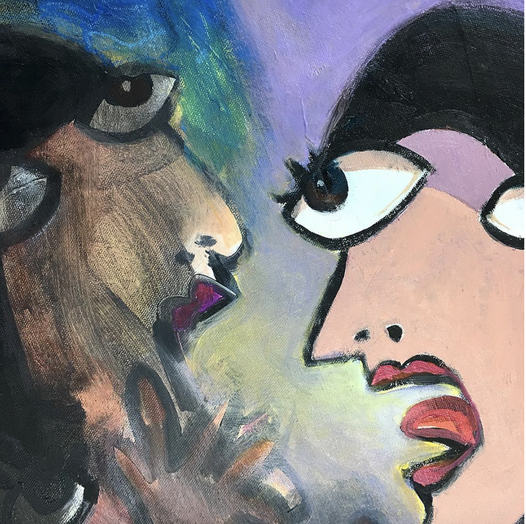
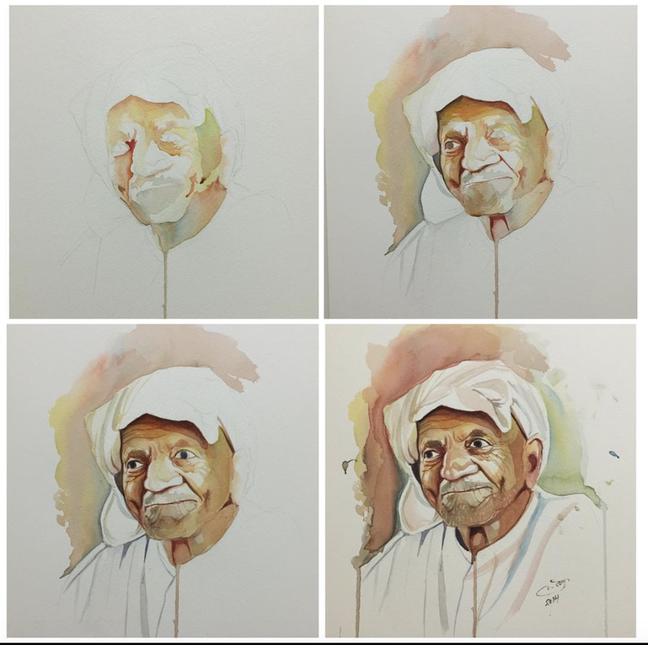
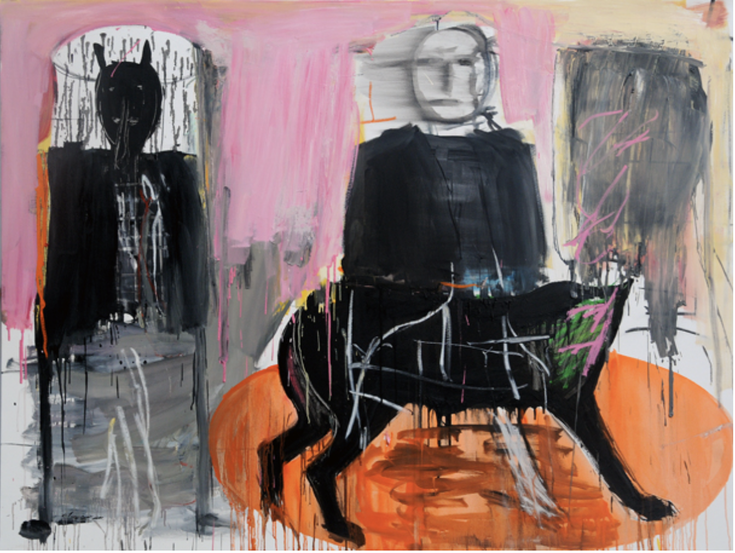
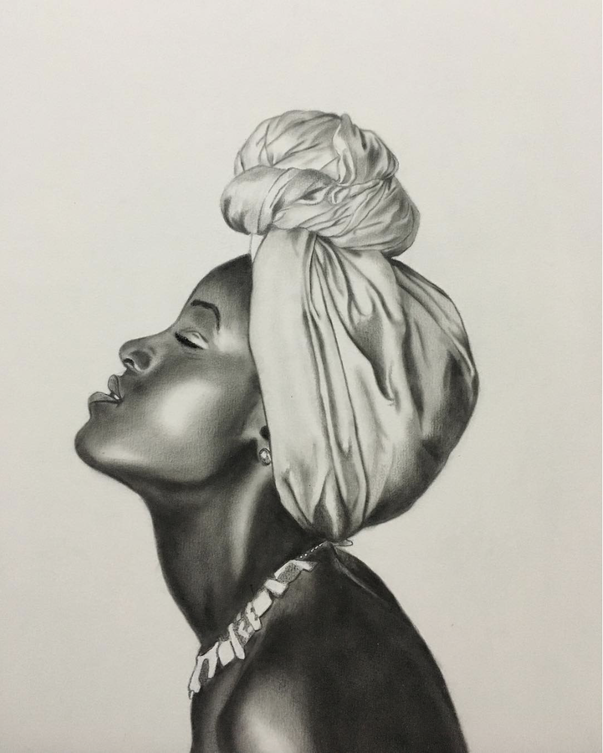
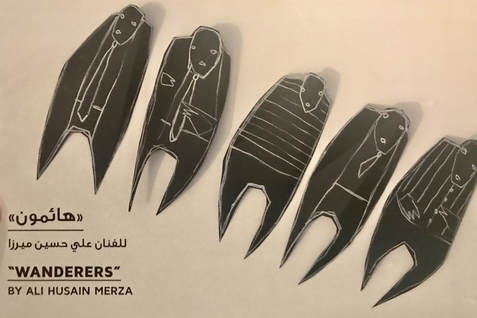
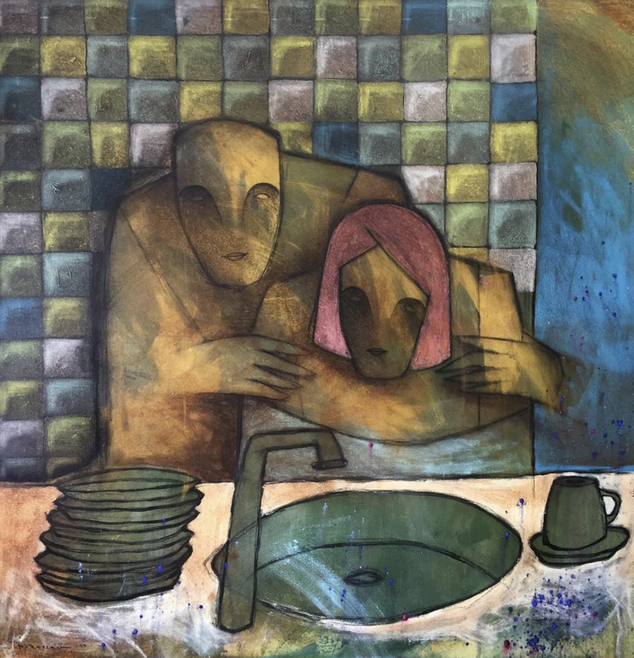
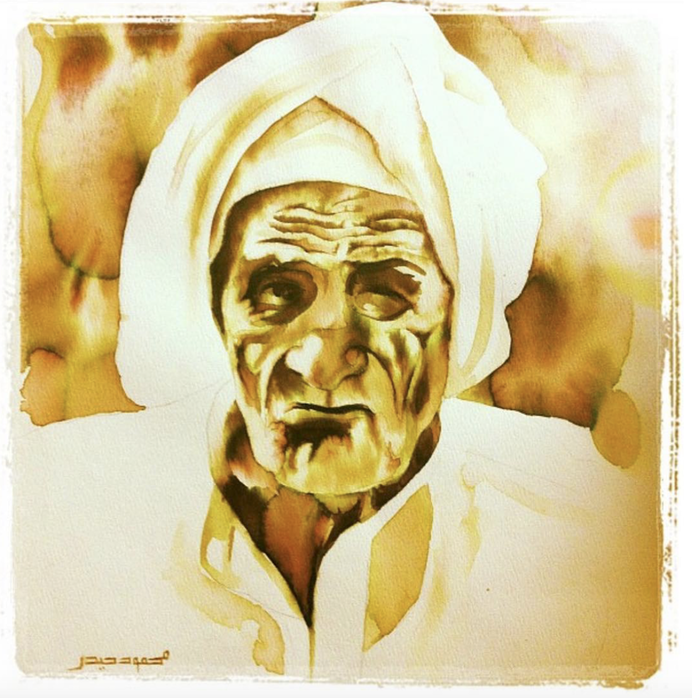
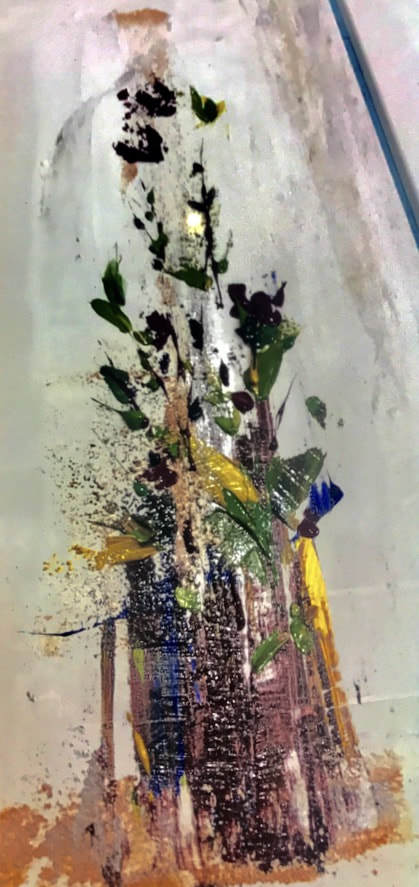
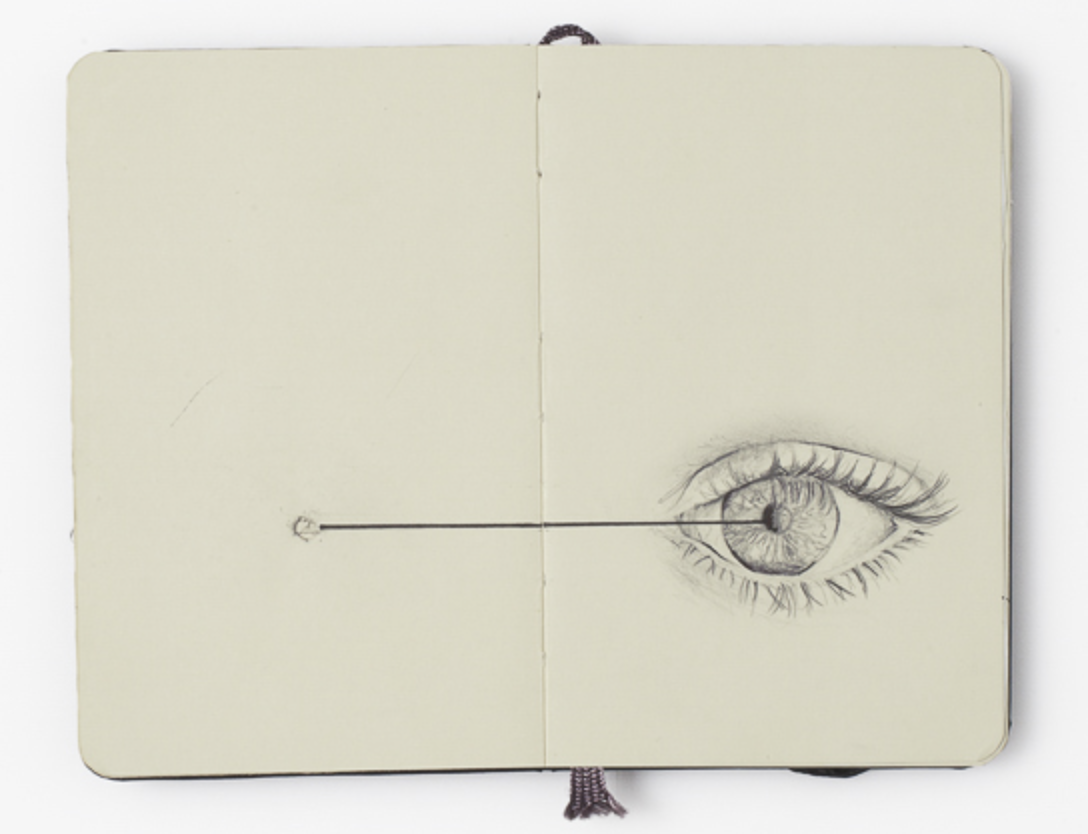
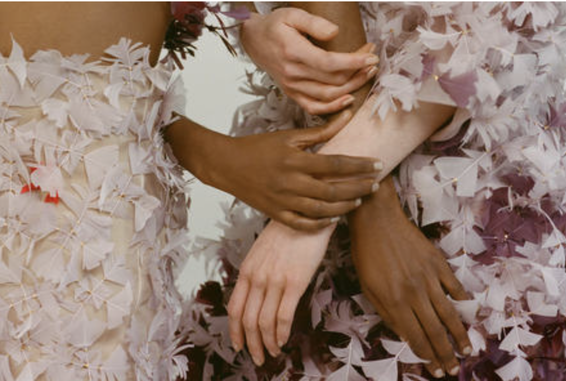
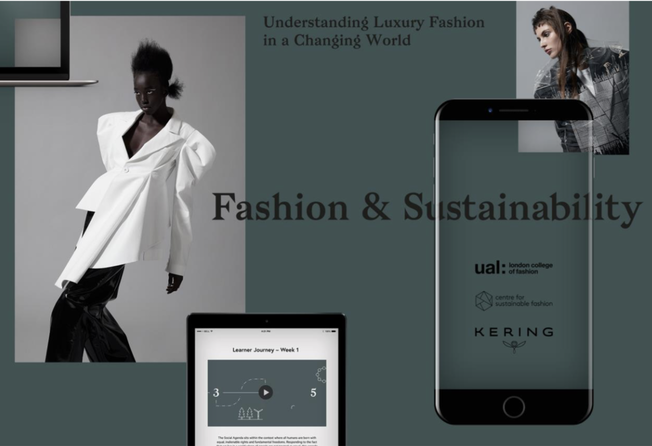
 RSS Feed
RSS Feed
